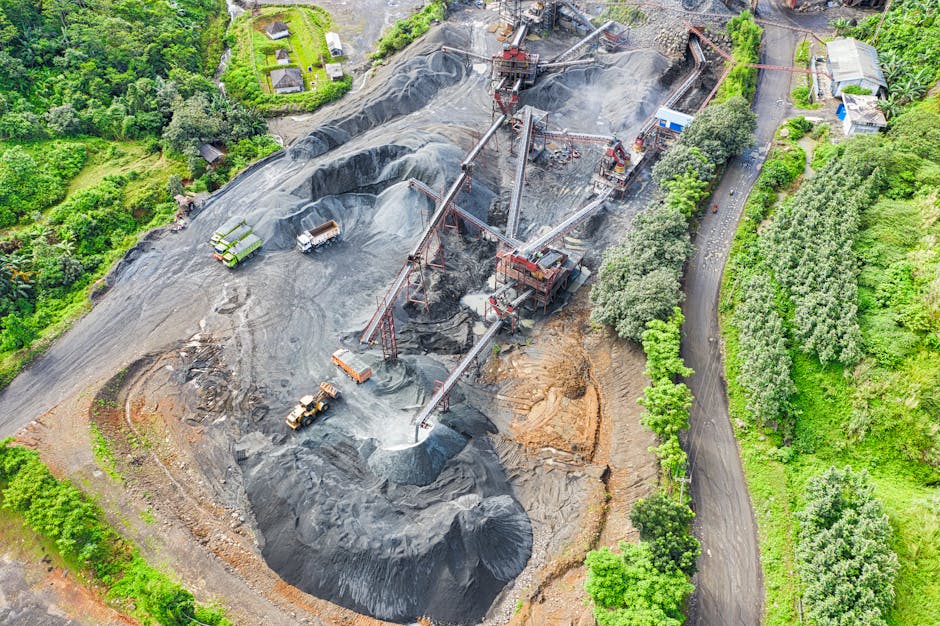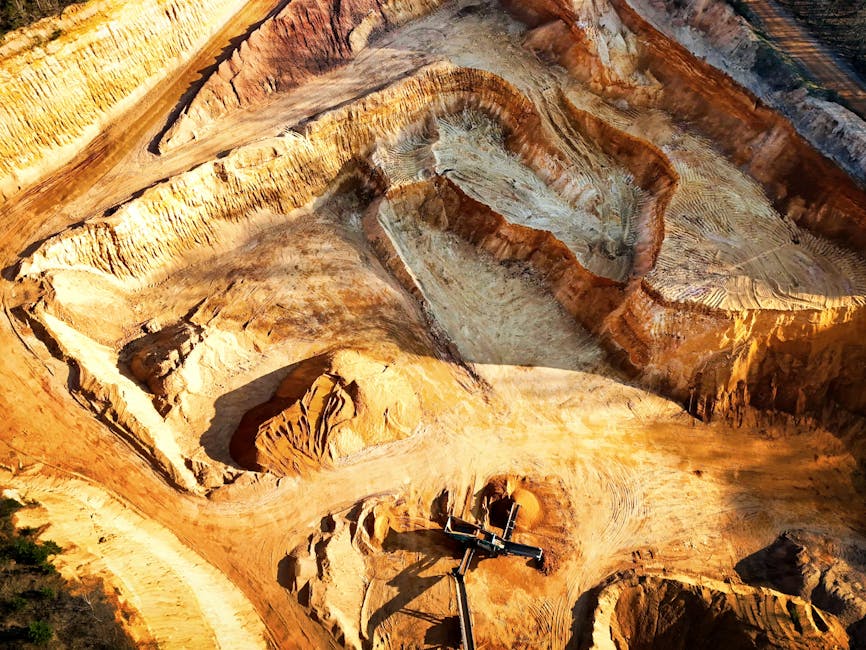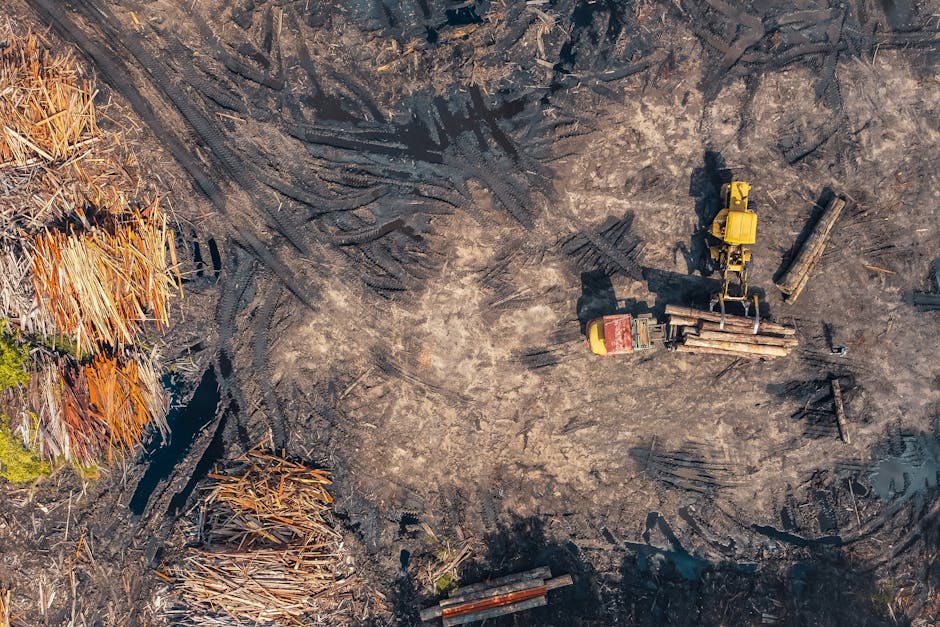What Does “Soil Removed From An Excavation” Refer To?
The term “soil removed from an excavation” refers to any type of soil, rock, or other earth material that is dug up or otherwise removed from the ground during an excavation project. This encompasses a broad range of materials, each with its own unique properties and handling requirements. This excavated material, often referred to as spoil, can vary significantly in composition, depending on the location, geological history, and type of project. Understanding the characteristics of this excavated soil is crucial for efficient project management, environmental protection, and responsible disposal.
Types of Excavated Soil and Their Properties
Excavated soil can be broadly categorized based on its composition and properties. These categories aren’t mutually exclusive, and a single excavation site might yield a mixture of different soil types.
1. Clay Soil:
Clay soils are characterized by their fine particles, high water retention capacity, and tendency to become sticky when wet. Their plasticity makes them challenging to work with, especially in dry conditions. Excavated clay soil often requires special handling to prevent shrinkage and cracking. Its high water content might necessitate dewatering before reuse or disposal.

2. Sandy Soil:
Sandy soils consist of larger particles than clay and are well-drained. They are generally easier to excavate and handle than clay soils. However, sandy soil can be prone to erosion and instability, especially on slopes. Understanding the grain size distribution is crucial for assessing its suitability for reuse in construction or landscaping projects.
3. Silty Soil:
Silty soils are intermediate between clay and sand, possessing finer particles than sand but coarser than clay. Their properties are influenced by the proportion of clay and sand present. Silty soil can be prone to compaction and settling, which needs to be considered during the design and construction phases of a project.
4. Gravelly Soil:
Gravelly soils contain a significant proportion of gravel-sized particles. They are typically well-drained and offer good load-bearing capacity. Excavated gravelly soil can be used as aggregate in construction or as a base material for roads and pavements. However, larger rock fragments can require additional processing before reuse.
5. Rocky Soil:
Rocky soils contain a substantial amount of rock fragments and boulders. Excavation in rocky areas requires specialized equipment and techniques. The presence of bedrock or large rock formations can significantly increase project costs and complexity. Disposal of excavated rock materials might require specialized crushing or processing techniques.
6. Organic Soil:
Organic soils are rich in decomposed organic matter and often found in wetlands or peat bogs. Their properties vary widely depending on the degree of decomposition. Organic soils have low bearing capacity and can undergo significant settlement. Careful handling and disposal are required to avoid environmental issues.
Management and Handling of Excavated Soil
The proper management and handling of excavated soil are critical to ensuring project safety and environmental protection. Key aspects include:
1. Site Characterization:
Before commencing excavation, a thorough site investigation is necessary to determine the type and properties of the soil present. This involves geotechnical testing to assess the soil’s strength, compressibility, and potential for contamination.
2. Excavation and Handling Techniques:
Appropriate excavation methods must be used to minimize soil disturbance and potential hazards. Safe handling practices are crucial to prevent accidents and injuries. This includes proper use of personal protective equipment (PPE) and machinery.
3. Soil Stockpiling:
Excavated soil is often temporarily stockpiled on-site. Proper stockpiling practices are important to prevent erosion, runoff, and contamination. Stockpiles should be placed on stable ground and protected from weather elements.
4. Soil Contamination Assessment:
Excavated soil should be assessed for contamination with hazardous materials such as heavy metals, petroleum hydrocarbons, or asbestos. Contaminated soil requires special handling and disposal procedures to avoid environmental risks.
Disposal and Reuse of Excavated Soil
The ultimate fate of excavated soil depends on its properties and contamination levels. Options include:
1. On-site Reuse:
Whenever possible, excavated soil should be reused on-site. This reduces transportation costs and minimizes environmental impact. Potential reuse applications include backfilling excavations, creating embankments, or improving site drainage.
2. Off-site Disposal:
If on-site reuse is not feasible, excavated soil may need to be disposed of at an approved landfill or disposal facility. Regulations governing soil disposal vary by location and the type of soil.
3. Soil Remediation:
Contaminated soil may require remediation before reuse or disposal. Remediation techniques aim to reduce or eliminate hazardous substances present in the soil.
4. Beneficial Reuse:
Certain types of excavated soil can be used in beneficial reuse applications, such as creating topsoil blends for landscaping or using it as a component in manufactured products like bricks or concrete.
Environmental Considerations
The management of excavated soil has significant environmental implications. Key considerations include:
1. Erosion and Sediment Control:
Proper erosion and sediment control measures are essential to prevent soil erosion and runoff pollution during excavation and handling. This involves using silt fences, sediment basins, and other erosion control devices.
2. Water Quality Protection:
Steps must be taken to protect water quality from contamination by excavated soil. This might involve implementing stormwater management plans and preventing soil from entering waterways.
3. Air Quality Management:
Dust control measures are necessary during excavation to prevent air pollution. This can involve watering the soil, using dust suppression agents, or employing other dust control techniques.
4. Waste Minimization:
Sustainable practices are essential to minimize waste generation during excavation projects. This includes maximizing on-site reuse of excavated soil and minimizing the volume of soil requiring off-site disposal.

Legal and Regulatory Aspects
Excavation projects are subject to various legal and regulatory requirements. These regulations vary by location and often address aspects such as site characterization, handling procedures, disposal options, and environmental protection. Compliance with these regulations is essential to avoid penalties and legal action.
Conclusion
Understanding the properties, management, and disposal of soil removed from an excavation is crucial for successful and environmentally responsible project execution. By carefully considering the type of soil, implementing proper handling techniques, and adhering to environmental regulations, project managers can minimize risks, optimize resource use, and ensure long-term sustainability.


